Archives
- 2025-12
- 2025-11
- 2025-10
- 2025-09
- 2025-03
- 2025-02
- 2025-01
- 2024-12
- 2024-11
- 2024-10
- 2024-09
- 2024-08
- 2024-07
- 2024-06
- 2024-05
- 2024-04
- 2024-03
- 2024-02
- 2024-01
- 2023-12
- 2023-11
- 2023-10
- 2023-09
- 2023-08
- 2023-07
- 2023-06
- 2023-05
- 2023-04
- 2023-03
- 2023-02
- 2023-01
- 2022-12
- 2022-11
- 2022-10
- 2022-09
- 2022-08
- 2022-07
- 2022-06
- 2022-05
- 2022-04
- 2022-03
- 2022-02
- 2022-01
- 2021-12
- 2021-11
- 2021-10
- 2021-09
- 2021-08
- 2021-07
- 2021-06
- 2021-05
- 2021-04
- 2021-03
- 2021-02
- 2021-01
- 2020-12
- 2020-11
- 2020-10
- 2020-09
- 2020-08
- 2020-07
- 2020-06
- 2020-05
- 2020-04
- 2020-03
- 2020-02
- 2020-01
- 2019-12
- 2019-11
- 2019-10
- 2019-09
- 2019-08
- 2019-07
- 2019-06
- 2019-05
- 2019-04
- 2018-07
-
calcium channel blocker It is well accepted that PKA is
2024-10-16
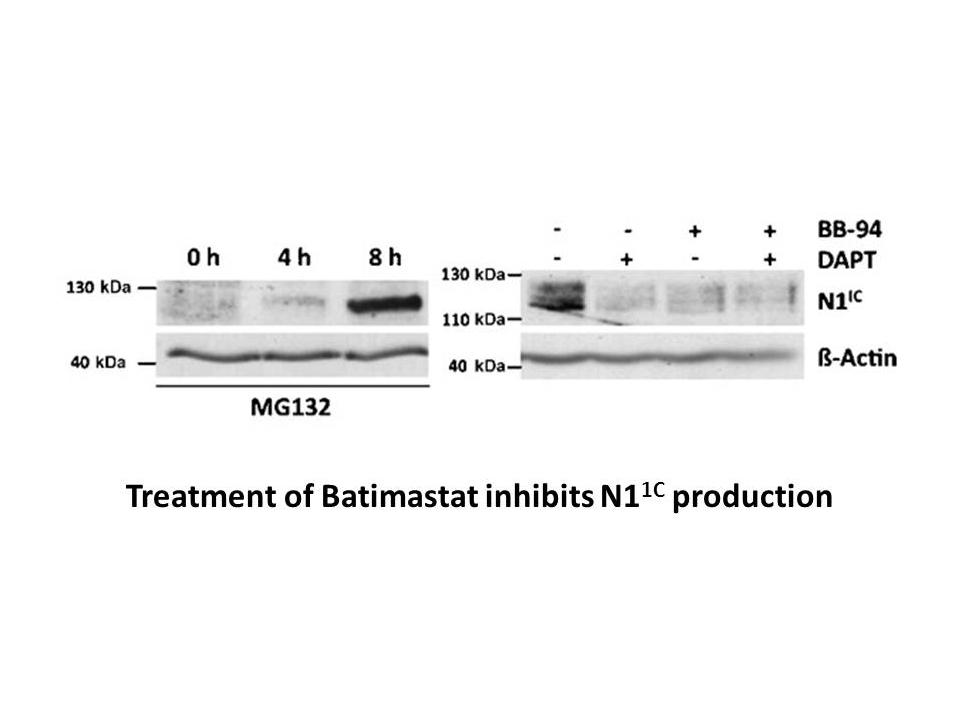
It is well accepted that PKA is a key enzyme activated at the beginning of the capacitation process [69]. As mentioned above phosphorylation/inactivation of cofilin in sperm is a PKA dependent process [58]. We could not see any change in cofilin phosphorylation level by adding the PKA activator 8Br-
-
br Experimental section br Results
2024-10-16

Experimental section Results and discussion Conclusion In the present study, 3a,8a-dihydroxy-8-oxo-1,3,3a,8a-tetrahydroindeno[1,2-d]imidazol-2(1H)-iminium chloride (3) has been synthesized and characterized by spectral studies and single crystal X-ray crystallography. DFT calculations have
-
smad inhibitor br Acknowledgments This work was supported by
2024-10-16
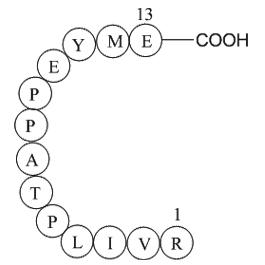
Acknowledgments This work was supported by the R&D Program of the Institutional Research Program of KRICT (SI1701-02), and by the Next generation carbon upcycling project of Ministry of Science and ICT. JSC is kindly grateful to the National Research Council of Science and Technology (NST) for fi
-
It involves complementary and inflammatory system proteins m
2024-10-16
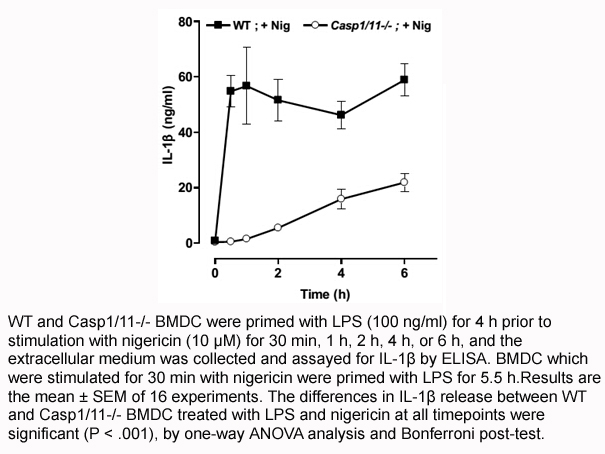
It involves complementary and inflammatory system proteins, mast cells, eosinophils, basophils, macrophages, natural killer (NK) cells and cytokines [1]. Innate immunity, not only include cells, but also barriers that defend the organism to the penetration of pathogenic agents [2]. Important mediat
-
The central problem in amnesia developing following
2024-10-16
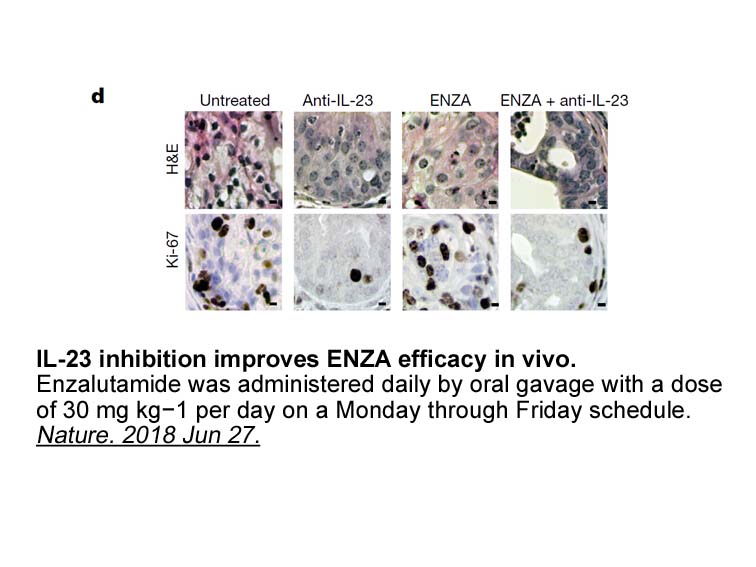
The central problem in amnesia developing following impairment of long-term memory consolidation or reconsolidation is a question of the underlying mechanisms, whether it is caused by impairment of retrieval or memory storage mechanisms [3,8,9,[15], [16], [17], [18]]. To answer this question, severa
-
The mechanism by which Gas prevents inflammation has been
2024-10-16

The mechanism by which Gas6 prevents inflammation has been reported to be via inhibition of Toll-Like receptors (TLRs) signaling (Cui et al., 2016). After injury, TLRs become stimulated, leading to downstream activation of TRAF3 and TRAF6 and translocation of several transcription factors, such as I
-
L-817,818 The overall mechanism of the Cdc complex
2024-10-16
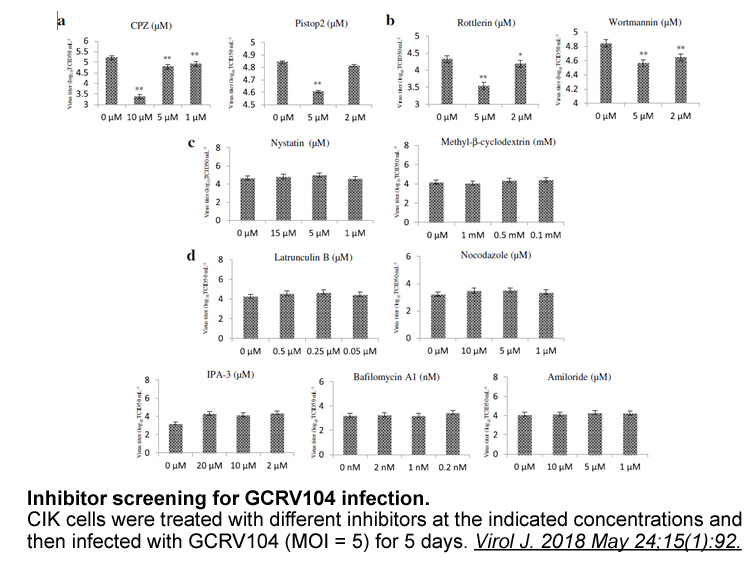
The overall mechanism of the Cdc48 complex resembles that of the 19S regulatory subunit of the proteasome, which also uses receptor proteins to bind polyubiquitin chains attached to a substrate and employs a translocation mechanism (for review, see Kish-Trier and Hill, 2013). As with Cdc48, full sub
-
Human leukemic blasts from both AML and
2024-10-16
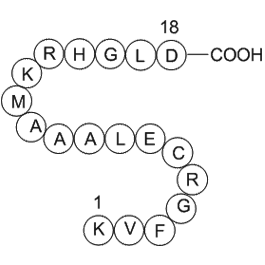
Human leukemic blasts from both AML and ALL patients demonstrated 5-, 12-, and 15-LOX expression [54]; however, using quantitative PCR, 5-LOX was much more prevalent than 15-LOX. When 15-HETE, 12-HETE, and LTB4 were tested for a direct effect on leukemic blasts, none induced apoptosis [54]. In contr
-
br Implementation of sacubitril valsartan into clinical prac
2024-10-15
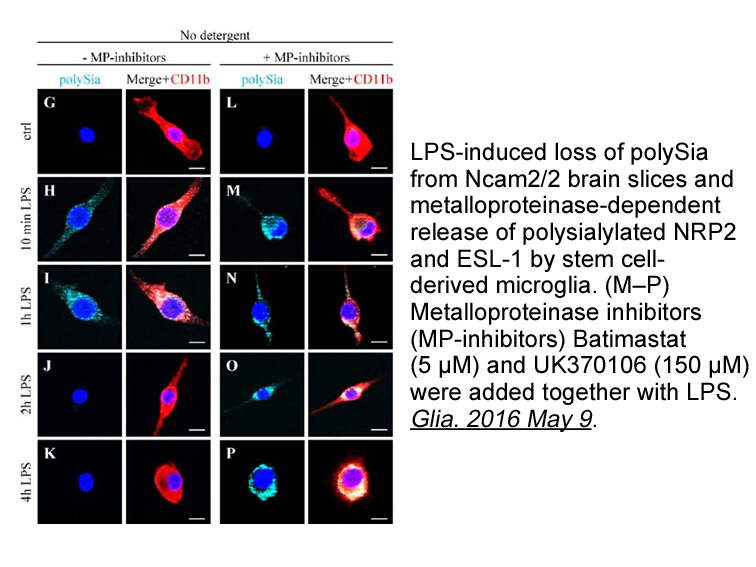
Implementation of sacubitril/valsartan into clinical practice Following on from the results of PARADIGM-HF, sacubitril/valsartan was given regulatory approval for use in patients who conform to the main inclusion criteria of the trial; NYHA functional class II–IV, reduced left ventricular ejectio
-
br Discussion Hepatic dysfunction in the metabolic syndrome
2024-10-15
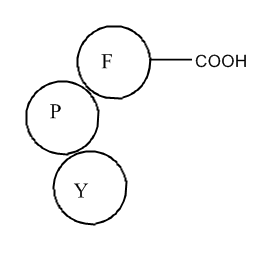
Discussion Hepatic dysfunction in the metabolic syndrome is a driver of negative patient outcomes that requires more therapeutic options. The complexity of liver alterations in this disease – elevated de novo synthesis of fatty acids and cholesterol, reduced clearance of circulating atherogenic L
-
As one of emerging high throughout methods
2024-10-15
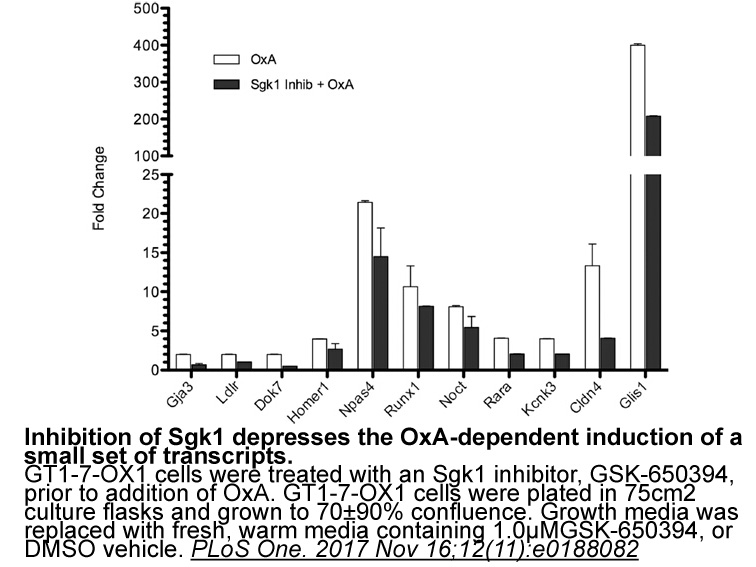
As one of emerging high-throughout methods, metabolomics detects metabolites which are ultimate response of biological systems to environmental changes [14]. Metabolomics uncovers metabolic alteration at the systems level. Comparison of global metabolic profiling reflects some unidentified biologica
-
br Conclusion The HT receptor family is
2024-10-15
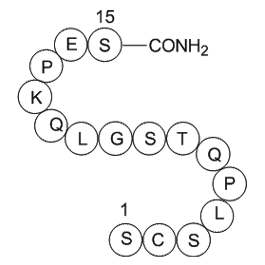
Conclusion The 5-HT receptor family is complex, and one may ask as does Bryan Roth et al. [205] whether this is useless Terbinafine synthesis (i.e. too much redundancy) or an embarrassment of the riches (i.e. many potential targets to choose from to affect normal or pathological function); molecu
-
Synthesis pharmacological evaluation for the
2024-10-15
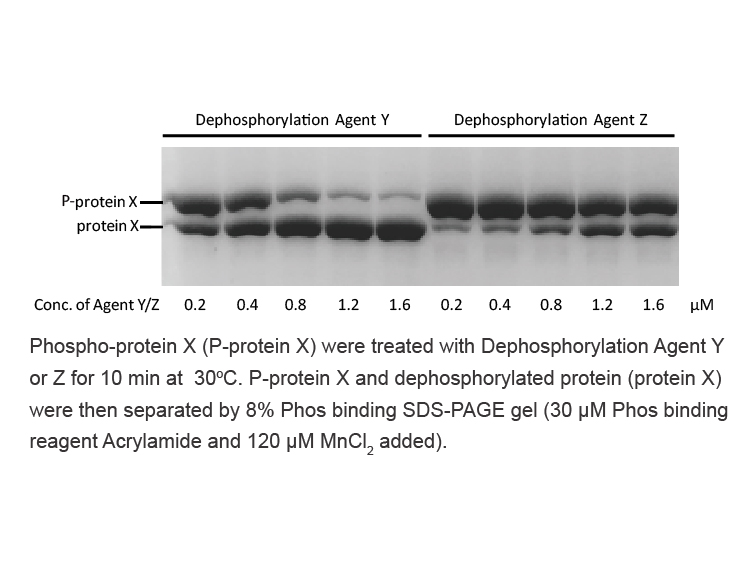
Synthesis, pharmacological evaluation for the binding at hA, hA and hA ARs, and efficacy at hA subtype of the synthesized compounds, together with the assessment of their theoretical ADME properties were the guidelines in this preliminary drug discovery investigation. The synthetic pathways which y
-
Bioactive peptides contain amino acids with possible bioacti
2024-10-15
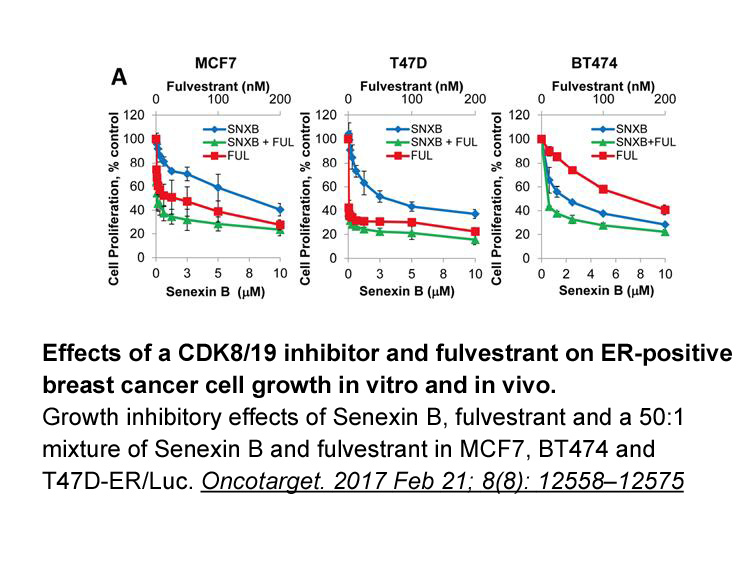
Bioactive peptides contain 2–20 amino acids with possible bioactivities including antihypertensive, antioxidant, antimicrobial, anticancer, and opioid activity [9], [10], [11]. There has been a great interest in antihypertensive peptides for their efficiency in lowering blood pressure. The antihyper
-
hydroxydopamine OHDA is a selective
2024-10-15
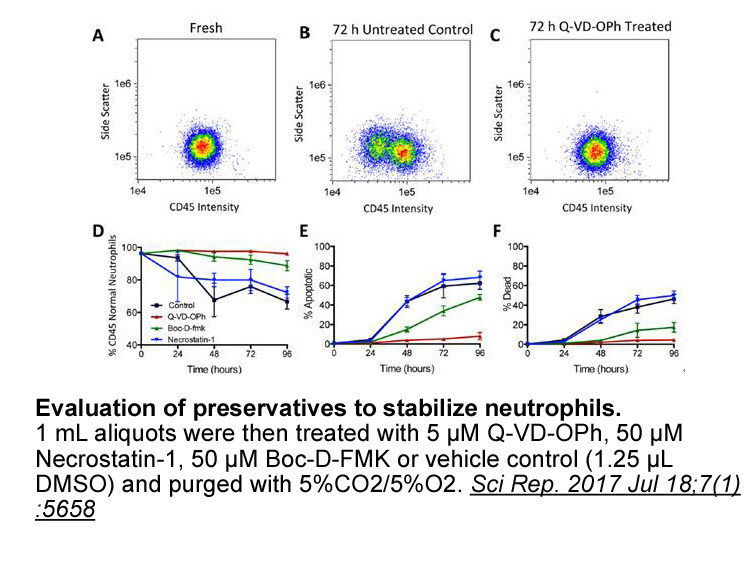
6-hydroxydopamine (6-OHDA) is a selective catecholaminergic neurotoxin mainly used to generate lesions in the nigrostriatal pathway in rats (Ungerstedt, 1968). The most common use of 6-OHDA is via unilateral injection into the rat medial forebrain bundle (MFB). DA depletion, nigral DA cell loss, and
15557 records 74/1038 page Previous Next First page 上5页 7172737475 下5页 Last page